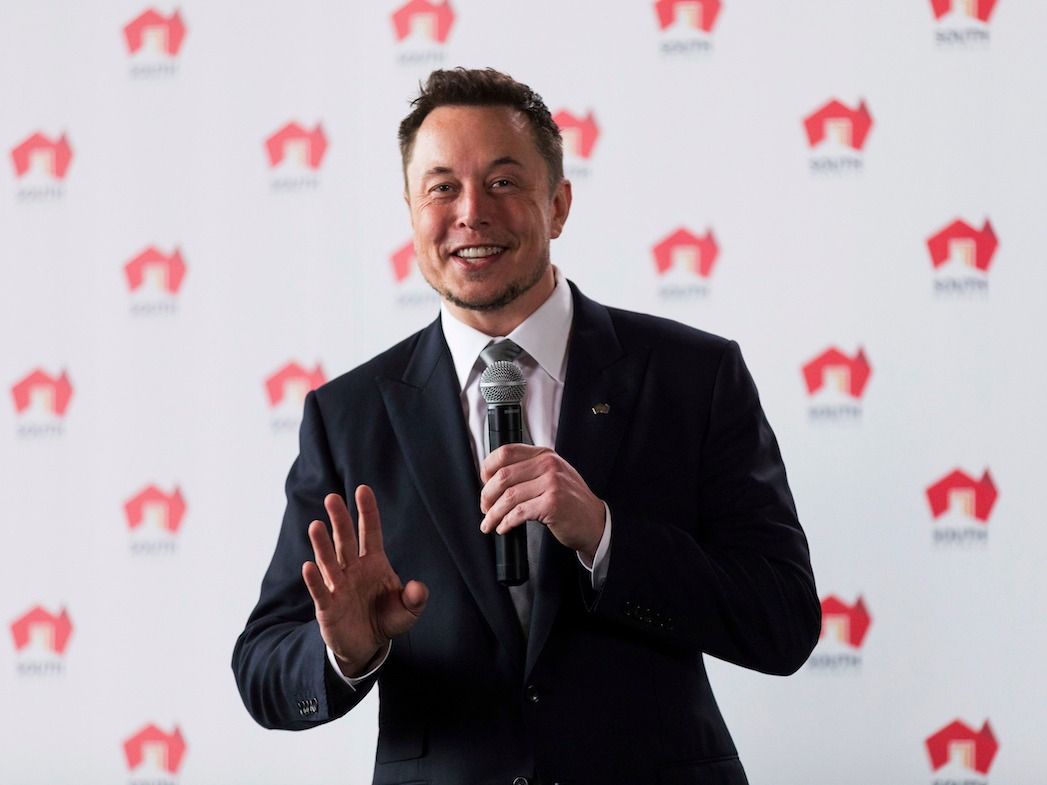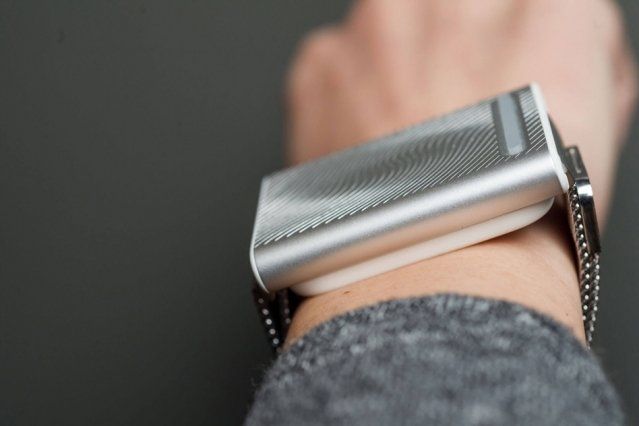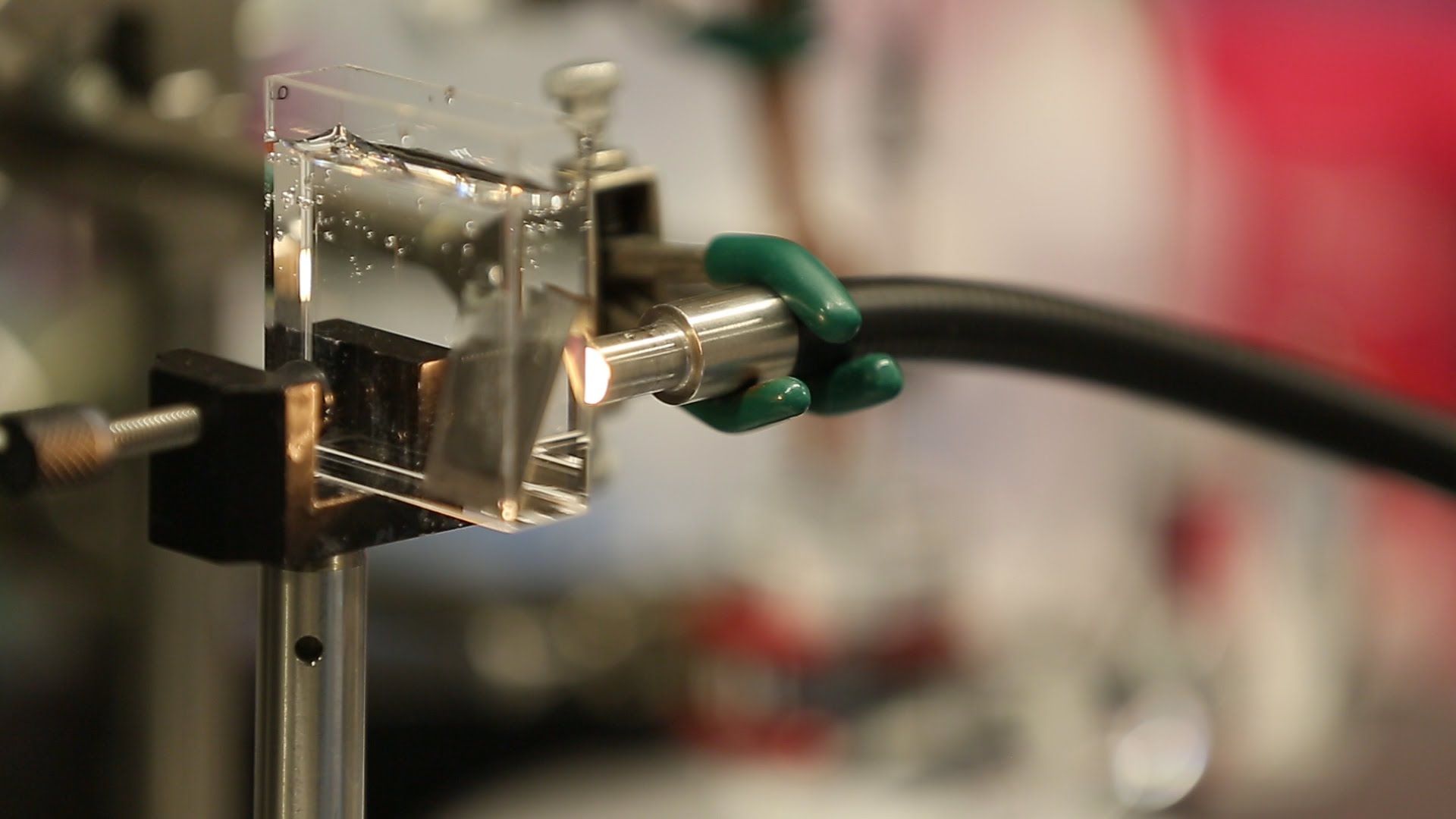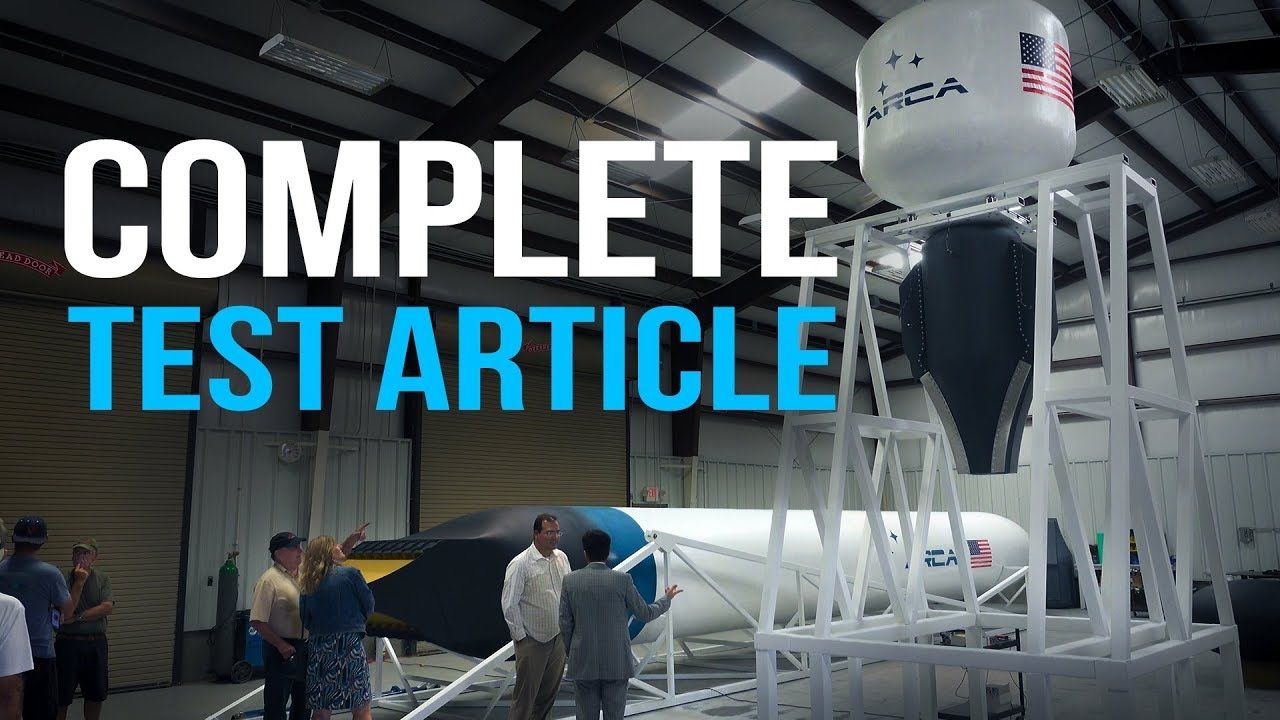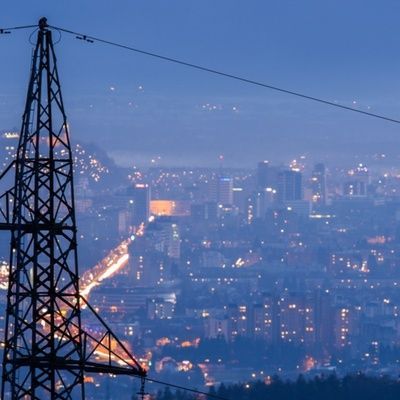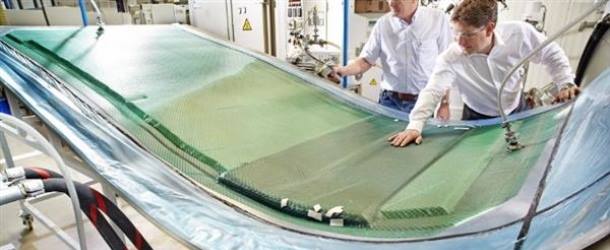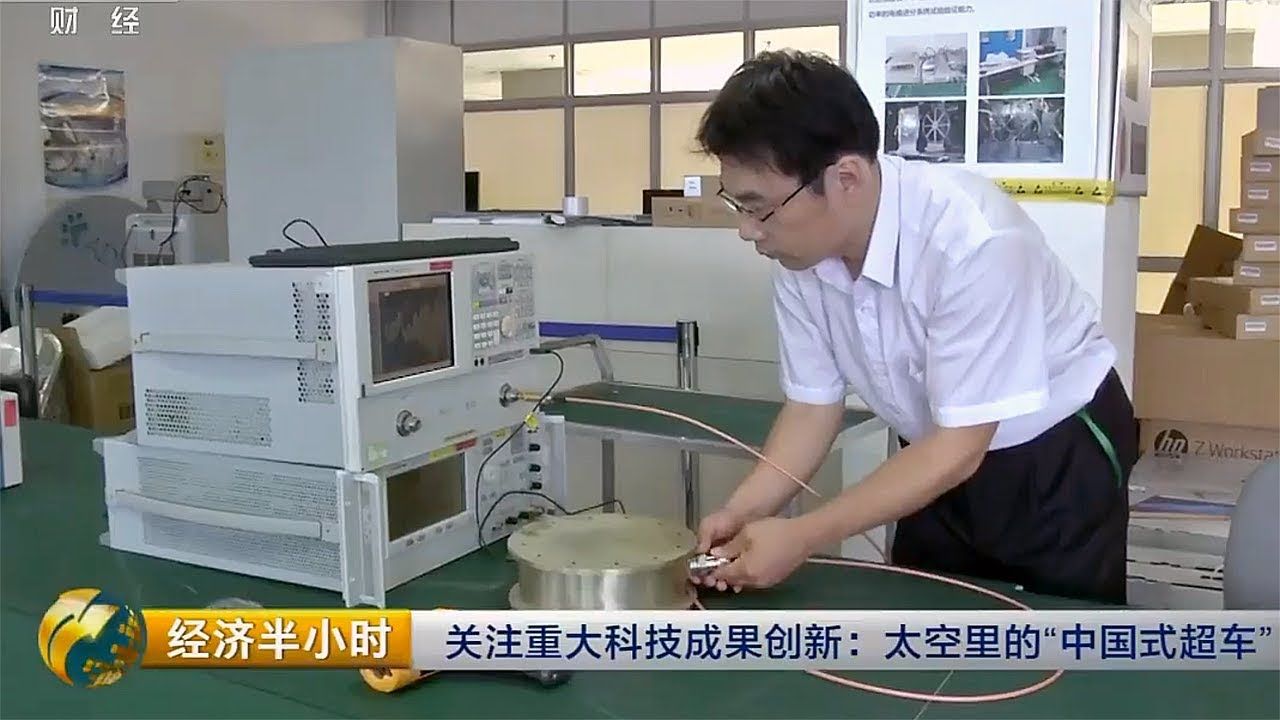On Friday, Tesla and SpaceX CEO Elon Musk said that the company was halfway done building the battery bank that will become the world’s biggest battery once it’s complete. Musk made the announcement at a party overlooking the project’s construction, ABC News Australia reported.
Tesla is building the 129-MWh battery with French energy company Neoen. The battery will be draw energy from Neoen’s Hornsdale wind farm that’s 142 miles north of Adelaide. The electricity will be delivered to South Australians during peak grid times to reduce the number of blackouts in the area, which are frequent in summer months.
“The system is a big battery, a battery big enough to power 50,000 houses — the biggest in the world,” Neoen global COO Romain Desrousseaux previously told Business Insider.
